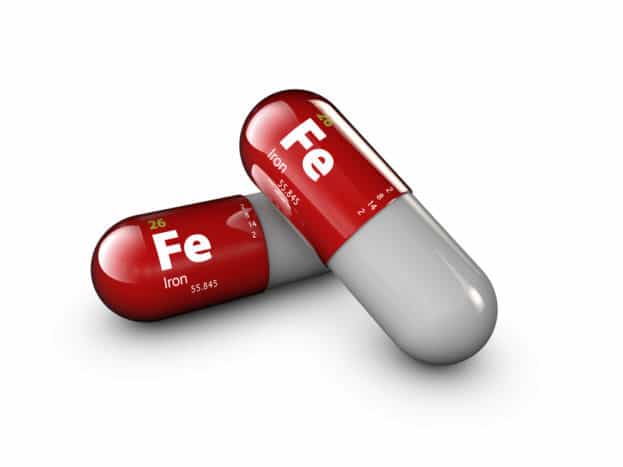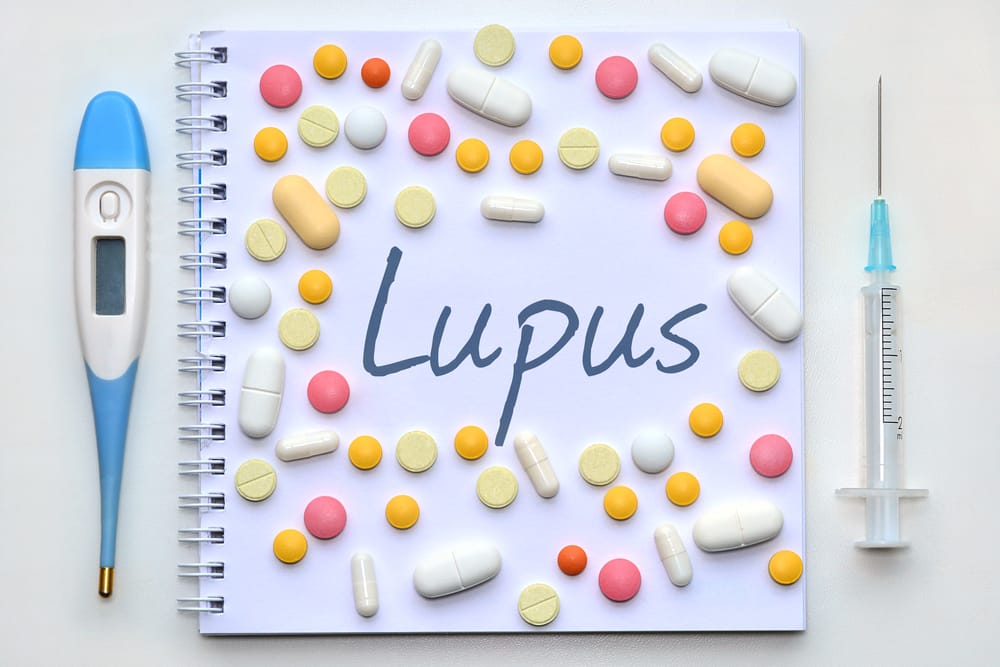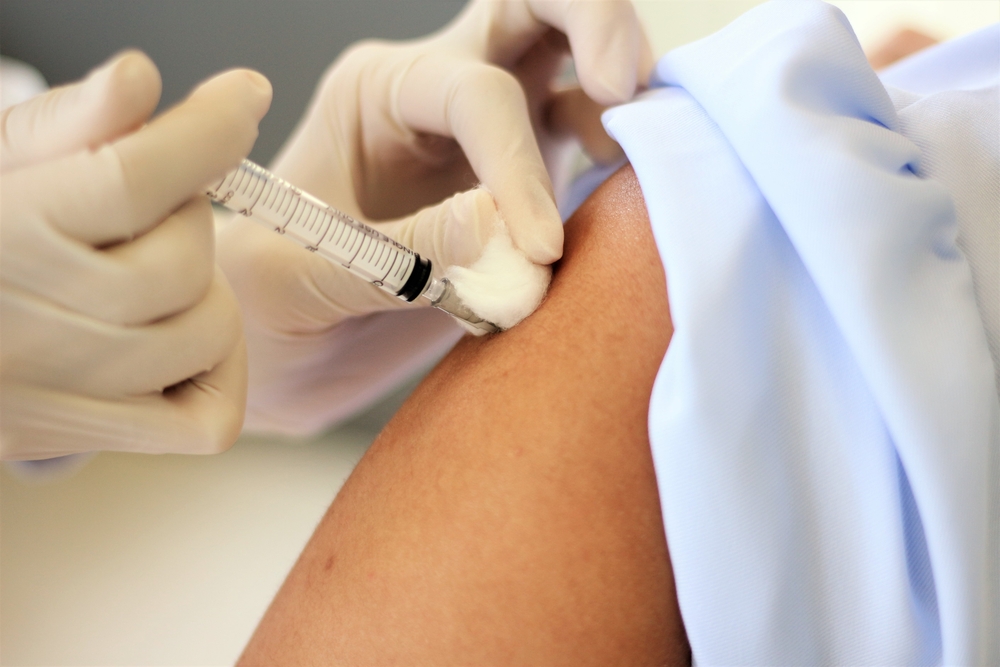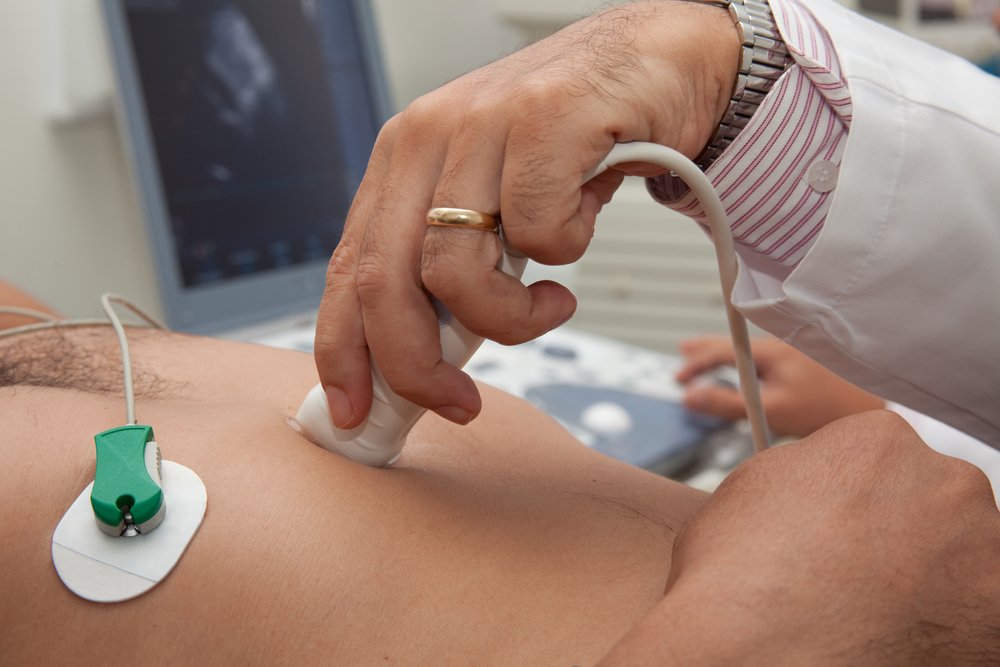Contents:
- Medical Video: 6 Signs Your Body Needs More Iron
- The cause of excess iron
- Primary hemochromatosis
- Secondary hemochromatosis
- Neonatal hemochromatosis
- Symptoms when the body is over iron
- Complications due to excess iron
- How to deal with excess iron
Medical Video: 6 Signs Your Body Needs More Iron
Iron is an important mineral that the body needs. One of the functions of iron is the formation of healthy red blood cells. But when the body overloads iron, important organs such as the liver, heart and pancreas will also be used as a storage area for excess iron. If it is like that, as a result, these organs will be threatened with serious life-threatening problems.
The following complete review starts from the causes, symptoms, and ways to overcome them.
The cause of excess iron
Hereditary hemochromatosis is a condition when the body absorbs too much iron from the food you consume. The causes of the emergence of hemochromatosis are divided into three, namely primary, secondary, and neonatal.
Primary hemochromatosis
Primary hemochromatosis means hereditary and inherited from parents to their children. Usually this primary type occurs in 90 percent of cases. HFE is a gene that controls the amount of iron absorbed. Two common mutations in the HFE gene are C282Y and H63D. Because it is derivative, this condition cannot be prevented.
Secondary hemochromatosis
Secondary hemochromatosis means that you have a health problem that triggers this condition. Various trigger conditions such as:
- Blood disorders such as thalassemia.
- Chronic liver disease such as chronic hepatitis C infection.
- Blood transfusion and some types of anemia that require transfusion.
- Long-term kidney dialysis.
- Pills and injections containing iron at very high doses.
- A rare hereditary disease that affects red blood cells, including those in transferrinemia or aceruloplasminaemia.
- Liver disease due to alcohol
Neonatal hemochromatosis
Neonatal hemochromatosis is a condition of excess iron in newborns. As a result, iron accumulates in the liver. As a result, babies are born dead or alive but cannot last long after birth. This condition generally occurs because the mother's immune system that produces antibodies damages the fetus's liver.
Symptoms when the body is over iron
Symptoms and signs when the body's iron overload usually appears in middle age except for neonatal cases. As for various common symptoms that appear such as:
- Fatigue
- Stomach ache
- Weak and lethargic
- Joint pain
- Loss of sexual arousal
- Liver damage
- Menstrual periods that suddenly stop
- Skin discoloration becomes gray due to excess iron deposits.
- Enlargement of the heart
About 75 percent of patients who have started showing symptoms usually have abnormal liver function. Meanwhile the other 75 percent will experience fatigue and lethargy, and 44 percent will experience pain in the joints. Then, changes in skin color will usually be seen in patients who have experienced various symptoms that have been mentioned.
Complications due to excess iron
When you experience excess iron but it is not immediately treated, it is not impossible that your condition will worsen. Various complications that might occur are:
- Cirrhosis or the formation of permanent scar tissue in the liver increases the risk of liver cancer.
- Diabetes and its complications such as kidney failure, blindness, and heart problems.
- Congestive heart failure.
- Arrhythmias or irregular heart rhythms.
- Endocrine problems such as hypothyroidism and hypogonadism.
- Problems with joints and bones such as arthritis, osteoarthritis, and osteoporosis.
- Problems with reproductive organs such as impotence and loss of sexual arousal.
How to deal with excess iron
Treatment for hemochromatosis usually done by removing blood from the body regularly called (phlebotomy). The goal, to reduce iron levels in the body and restore it to normal levels. Usually, the amount of blood removed depends on age, health conditions, and how much excess iron is in the body. Generally, it takes up to one year or more to restore iron to normal levels.
Furthermore, the doctor will also determine the various appropriate treatments according to the conditions and health problems caused. If you find that you cannot undergo the procedure of removing blood due to anemia and other illnesses, the doctor will give a drug that can bind excess iron in the body. Later, iron that has been bound will be released through urine or dirt in a process called chelation.
In addition, you can also reduce the risk of complications due to excess iron by:
- Avoid supplements and mulvitamin containing iron.
- Avoid vitamin C supplements because it can increase iron absorption.
- Reducing alcoholic beverages.
- Avoid eating raw fish and shellfish because they are susceptible to bacterial infections in both foods.
















